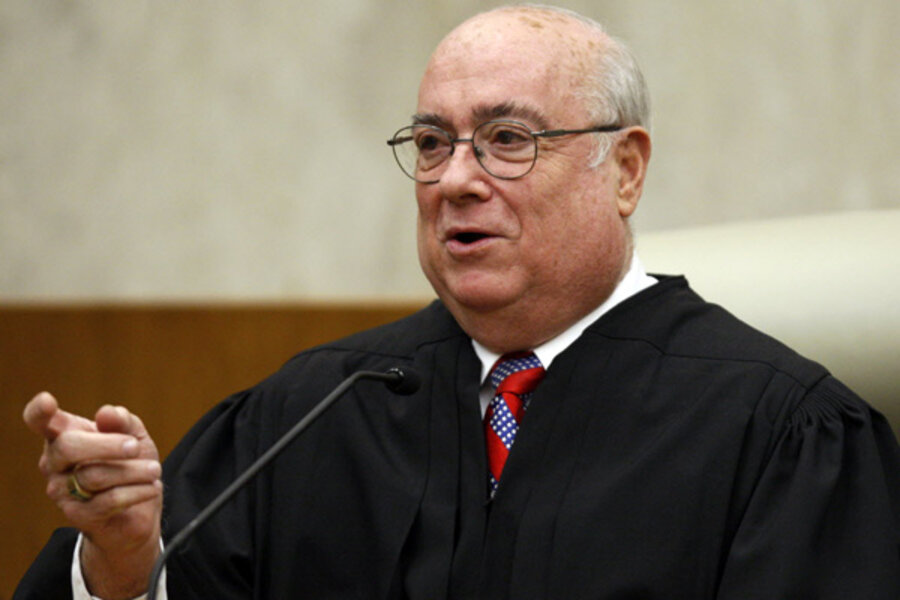Why a judge blocked Obama's expansion of stem-cell research
Loading...
A federal judge in Washington issued a temporary injunction Monday blocking implementation of Obama administration guidelines expanding the range of embryonic stem-cell research.
Chief US District Judge Royce Lamberth ruled that there is a strong likelihood that the new guidelines, published in July 2009, violate an existing federal law restricting the use of federal funds for embryonic stem-cell research that involves the destruction of human embryos.
The action marks a setback for the Obama administration and those scientists who believe that more permissive research options may yield medical breakthroughs in the fight against a range of diseases. At the same time, the action is a victory for some scientists and religious groups opposed to the destruction of human embryos.
“Congress has spoken to the precise question at issue – whether federal funds may be used for research in which an embryo is destroyed,” Judge Lamberth wrote. “The Dickey-Wicker Amendment provides that no federal funds shall be used for ‘research in which a human embryo or embryos are destroyed.' "
“The language of the statute reflects the unambiguous intent of Congress to enact a broad prohibition of funding research in which a human embryo is destroyed,” he said.
The judge rejected a reading of the law offered by administration lawyers that permitted the expanded research.
“Had Congress intended to limit Dickey-Wicker to only those discrete acts that result in the destruction of an embryo … Congress could have written the statute that way. Congress, however, has not written the statute that way, and this court is bound to apply the law as it is written.”
In 2001, then President Bush sharply limited how federal research money could be spent in stem-cell research. The restrictions sparked a heated debate that continues.
The lawsuit, Sherley v. Sebelius, was filed against the National Institutes of Health by adult stem-cell researchers who complained that the new guidelines would make it more difficult for them to compete for scarce government funding.
In weighing the balance of harms, Lamberth said embryonic stem-cell researchers who benefited under the new guidelines would not be seriously harmed by a temporary injunction because the injunction would preserve the status quo and would not undercut their ability to receive private funding.
He added that the possibility that embryonic stem-cell research might yield successful treatments of diseases remains speculative.
In contrast, he said, the injury to other stem-cell researchers from the increased competition under the new guidelines was “actual and imminent.”
"There is no after-the-fact remedy for this injury because the court cannot compensate plaintiffs for their lost opportunity to receive funds,” the judge said.





